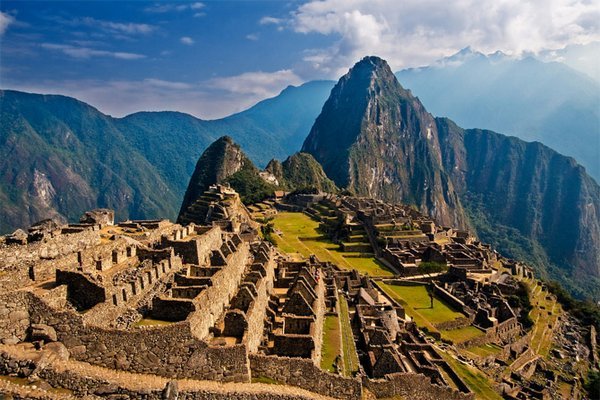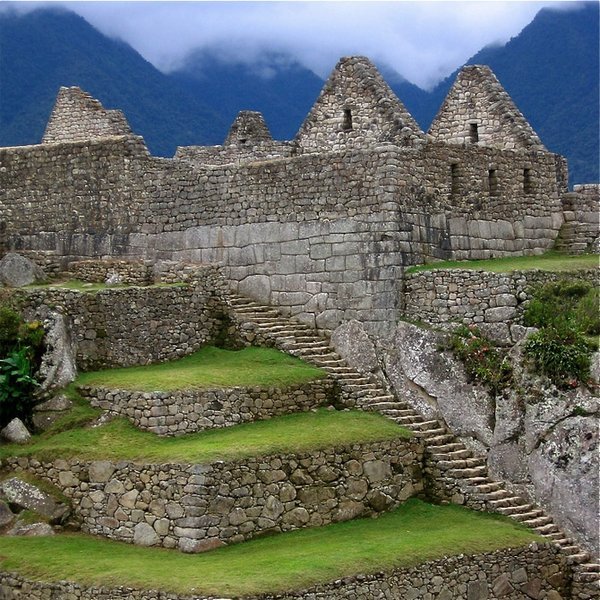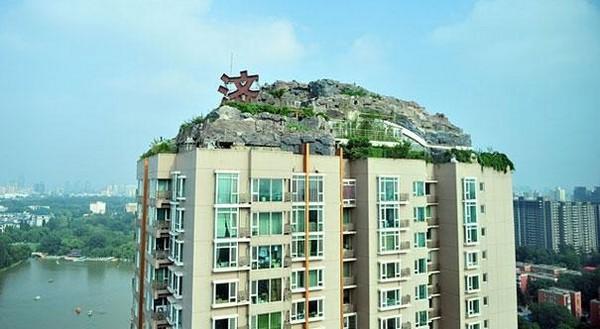Many popular experts suggest possibility that mysterious sites around the world were created with help of advanced knowledge and technology (possibly more advanced than our current one) possessed by lost civilizations. Others do not believe that there ever was very advanced civilization on earth and all of the superb knowledge was handed down to us by ancient astronauts who came down from heaven. Most scientists do not subscribe to any of these ideas and try to explain ancient enigmas on the ground of religion and ritual. Here are top 10 most enigmatic places in the world:
1. The Pyramids of Giza and the Sphinx (Egypt)
Although it is clear the pyramids were used for the burial of pharaohs, the construction, date, and possible symbolism of the Giza pyramids are still not entirely understood. This mystery only adds to the attractiveness of these ancient wonders and many modern people still regard Giza as a spiritual place. A number of fascinating theories have been offered to explain the “mystery of the pyramids”. Even the most skeptical visitor cannot help but be awed by the great age, grand scale and harmonic mathematics of the pyramids of Giza.
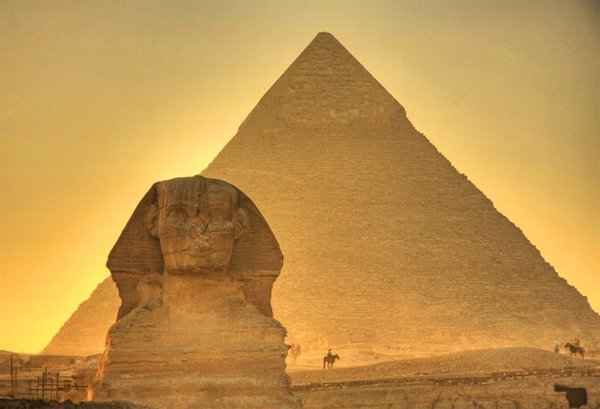
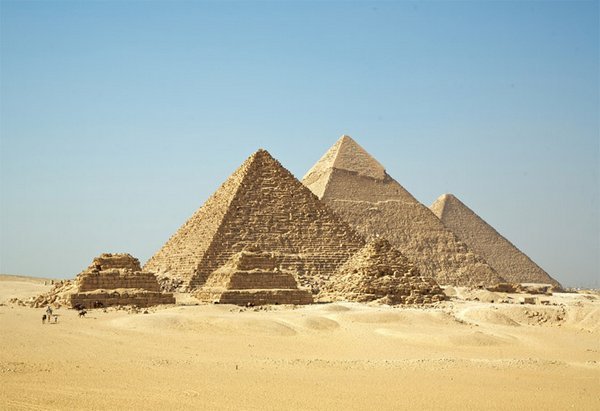
2. Stonehenge (Great Britain)
Perhaps the world’s best known monument is Stonehenge, located in the English county of Wiltshire. It’s composed of earthworks surrounding a circular setting of large standing stones and is believed to have been built around 2500 BC but has been revised and remodeled over a period of more than 1400 years. Though theories and speculation abound, no one knows what the original purpose of the prehistoric monument was and it remains one of the earth’s greatest mysteries.
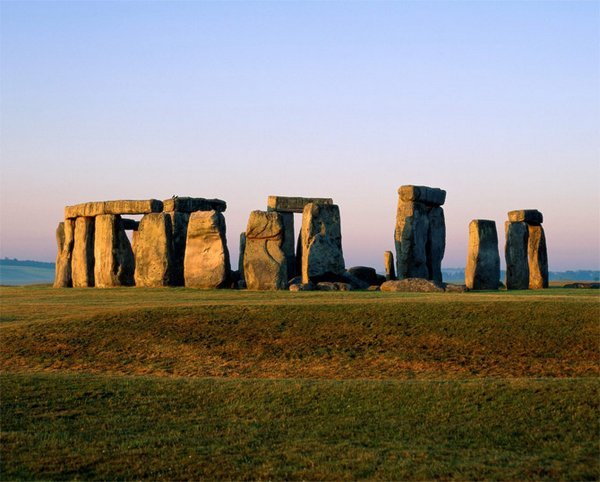
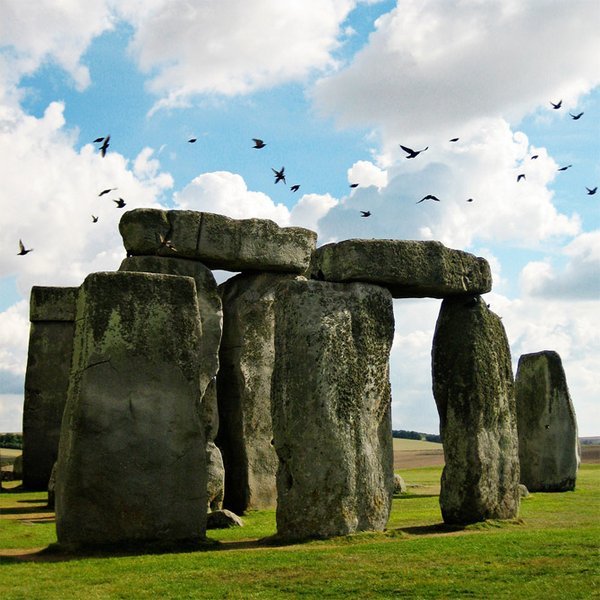
3. Easter Island (Chile)
Easter Island, also known as Rapa Nui or Isla de Pascua, is a Polynesian island in the southeastern Pacific Ocean, most famous for its monumental statues which were created by the Rapanui people. The statues, called moai, were part of the ancestral worship of the island’s settlers and were carved between 1250 and 1500 CE. The heaviest moai erected weighs 86 tons, illustrating how great a feat it was for the Rapanui to have created and moved them. Nearly half of all remaining moai are still at Rano Raraku, the main moai quarry, but hundreds were moved to stone platforms around the island’s perimeter.
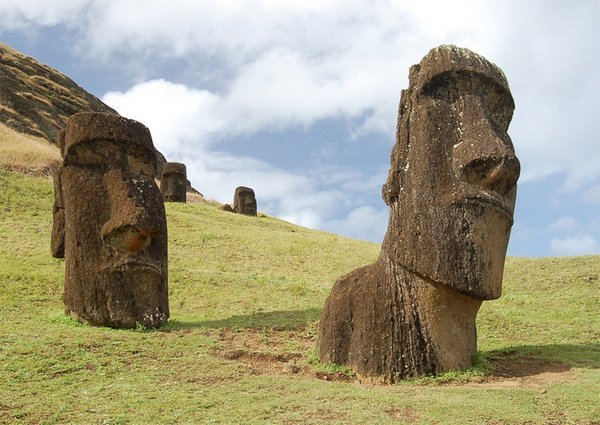
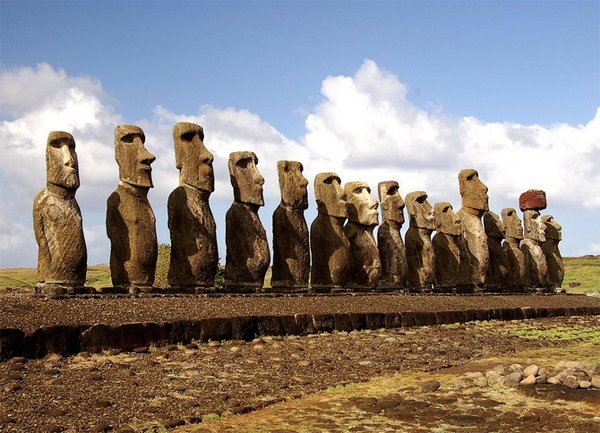
4. Baalbeck (Lebanon)
Baalbeck is a city in eastern Lebanon. It was a flourishing Phoenician town when the Greeks occupied it in 331 B.C. It became a Roman colony under the Emperor Augustus in 16 B.C.On its acropolis, over the course of the next three centuries, the Romans constructed a monumental ensemble of three temples, three coutyards, and an enclosing wall built of some of the most gigantic stones ever crafted by man. Some tourists believe that the construction can only be attributed to extra-terrestial artwork . At the southern entrance of Baalbeck is a quarry where the stones used in the temples were cut. A huge block, considered the largest hewn stone in the world, still sits where it was cut almost 2,000 years ago. Called the “Stone of the Pregnant Woman”, it is 21.5m x 4.8m x 4.2meters in size and weighs an estimated 1,000 tons.
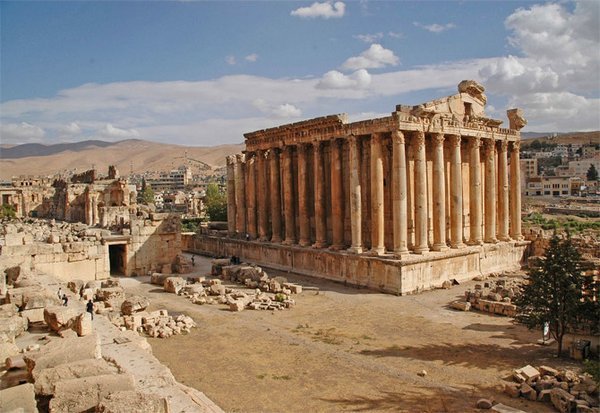
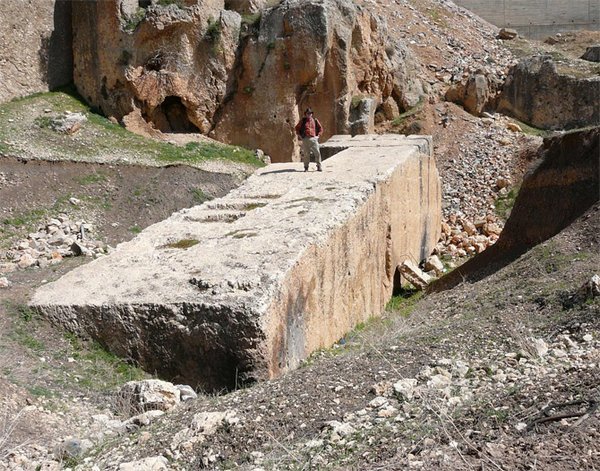
5. Machu Picchu (Peru)
Machu Picchu is the most well-preserved city of the Inca empire, hidden in the Peruvian Andes high on a steep mountain with a flattened top, a location that helped it escape notice by Spanish conquistadors. It was forgotten for centuries by the outside world, and re-discovered by archeologist Hiram Bingham in 1911. The stones of this city fit together so tightly a knife blade can’t fit between them. Modern research suggests that Machu Picchu was built around 1450 CE as a retreat by and for the Inca ruler Pachacuti and that it was actually relatively small by Inca standards.
